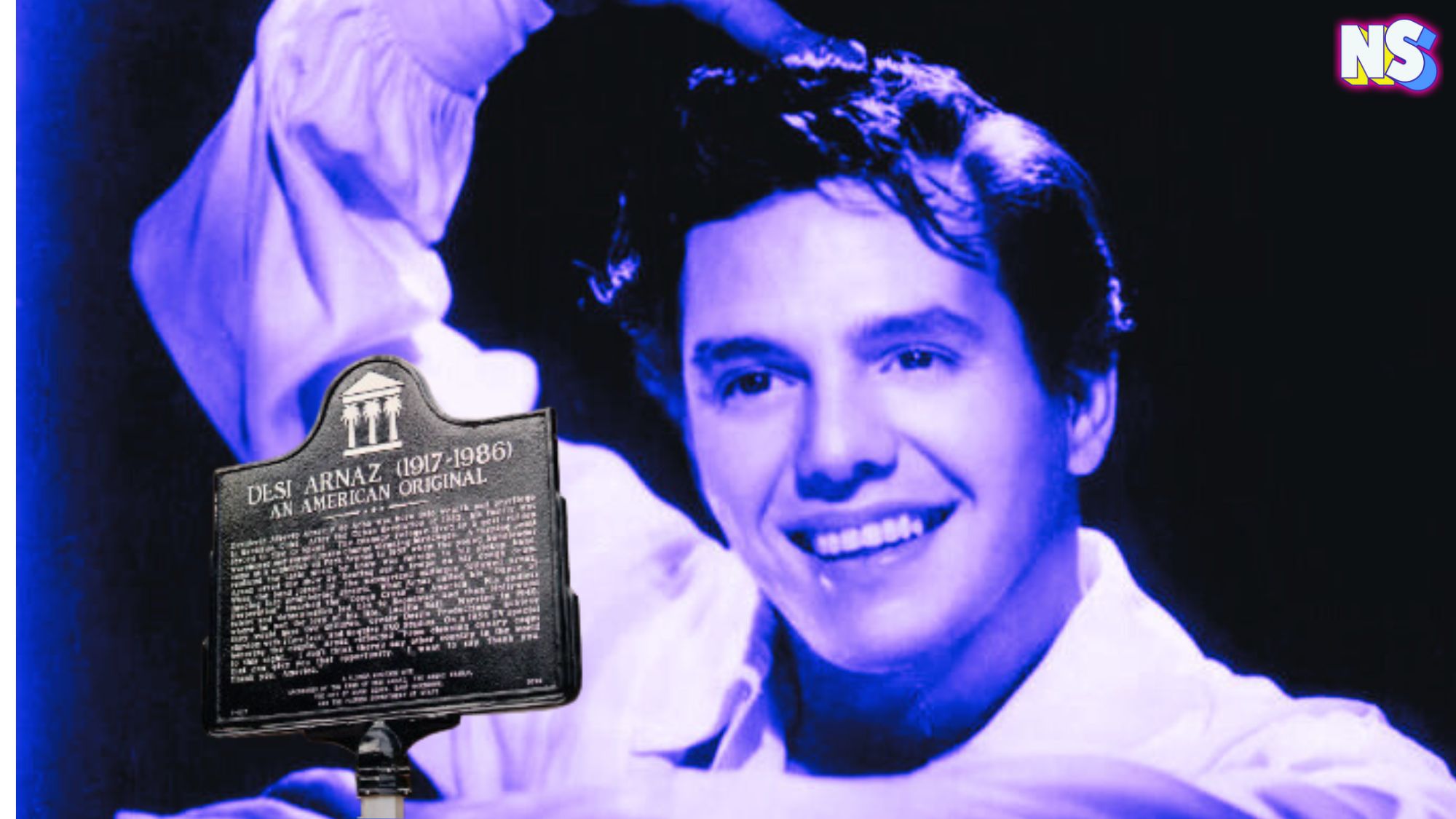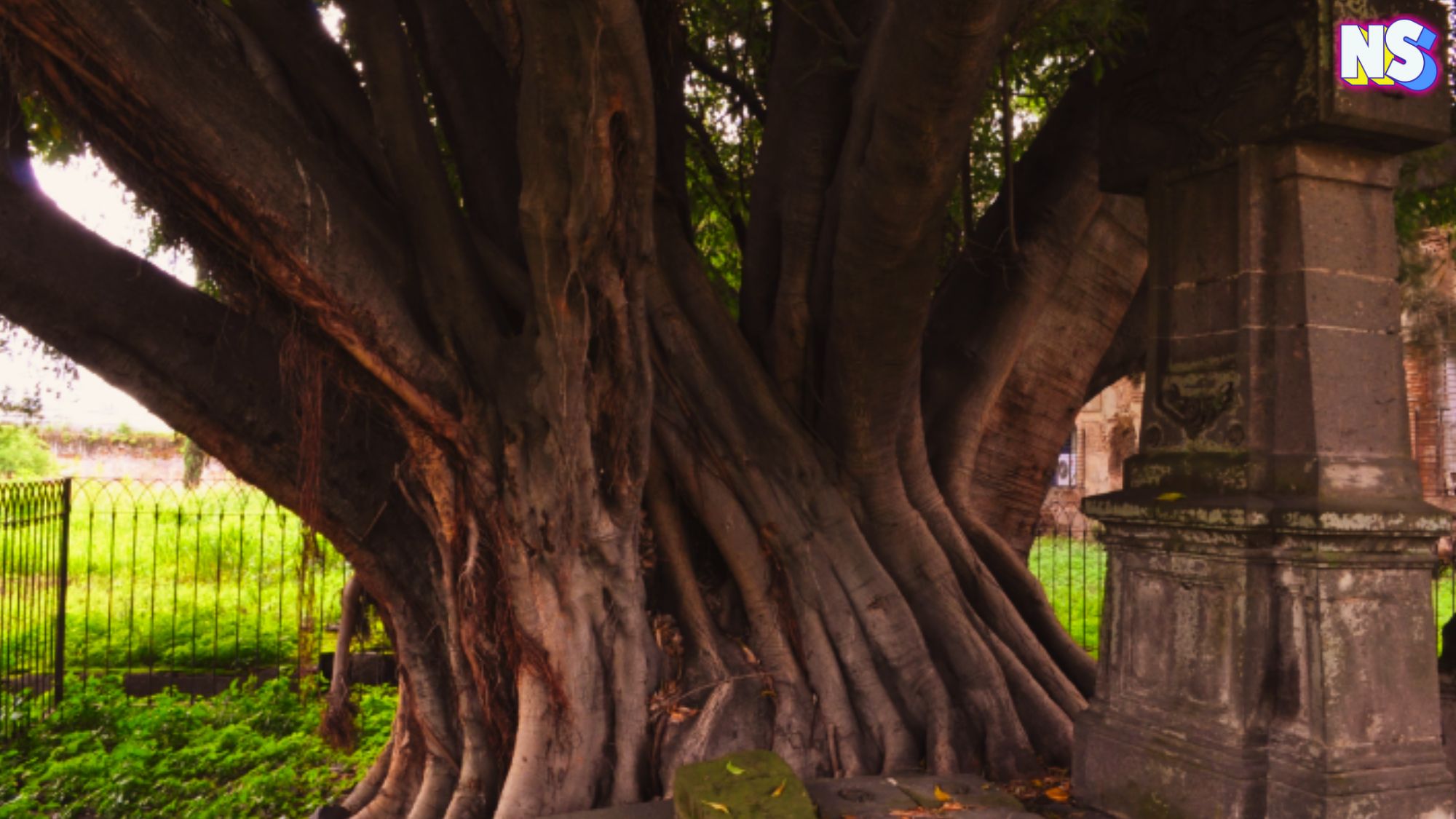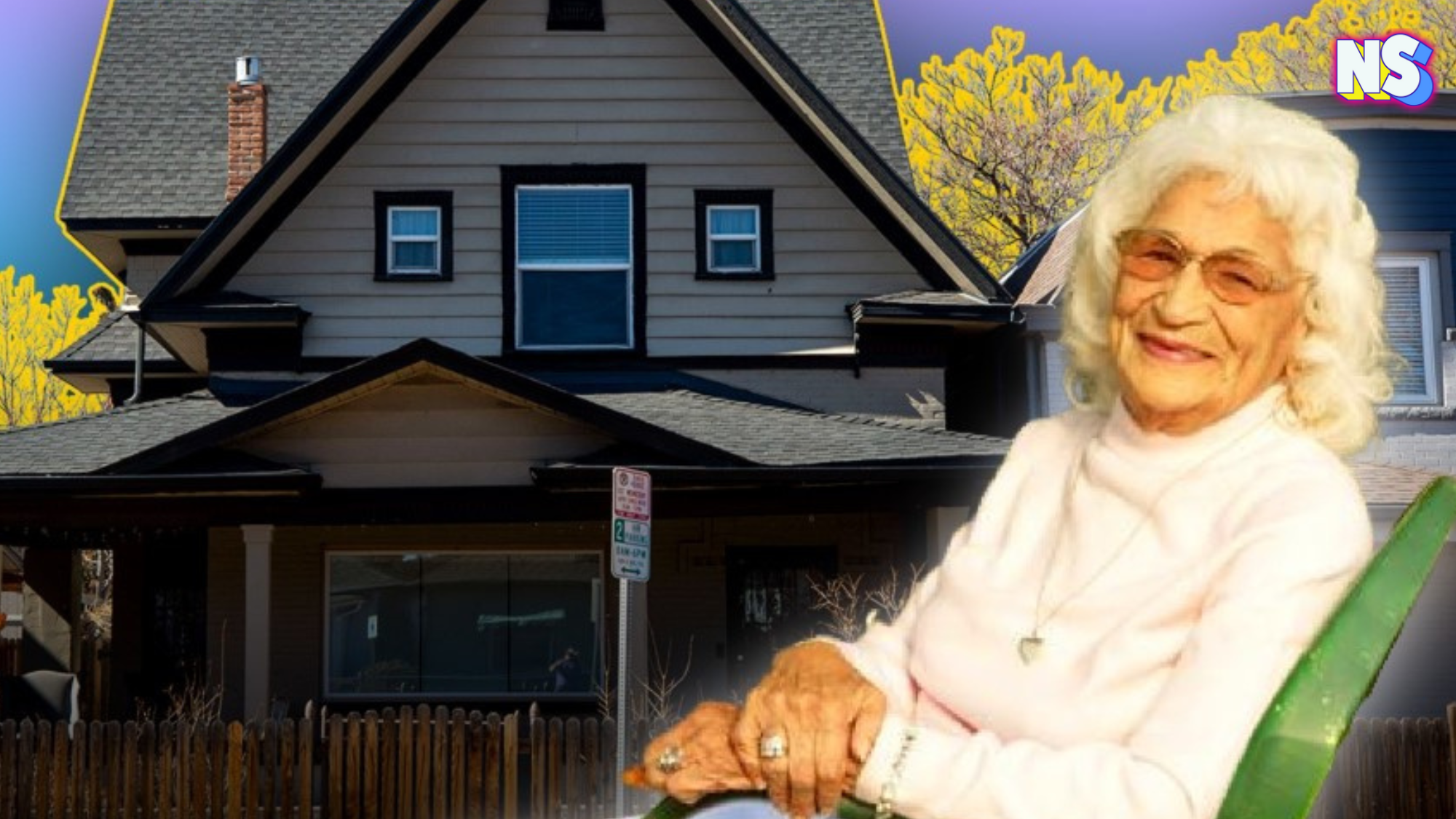Photo courtesy of the Cultural Landscape Foundation.
When we talk about muralism, our imagination immediately thinks of Diego Rivera or Clemente Orozco — and rightly so. Mexican cultural expression has had the wall as its preferred medium throughout history. The same is true further up the border.
Following the tradition of the great muralists, Chicano culture, heir to the cross-border identity, took over the medium in the 1970s, transforming it into a collective dynamic full of icons that took over urban spaces and democratized them. That's the story behind Chicano Park, a 32,000-square-foot park located under the San Diego-Coronado Bridge in Barrio Logan.
In the heart of a predominantly Chicano community in downtown San Diego, California, Chicano Park is home to the largest collection of outdoor murals in the United States, as well as several sculptures and an architectural piece dedicated to the community's cultural heritage.
Reclaimed land
In the early 20th century, the area had been a robust middle-class neighborhood, a place where families gathered for parties and children played on the beach. Things changed when World War II broke out, and the area lost its beach to the Navy and defense industries.
This past April 22, Chicano Park celebrated 52 years since the Barrio Logan community regained the land it had lost to the construction of Interstate 5 and, later, the Coronado Bridge, two developments that demolished homes and divided the community.
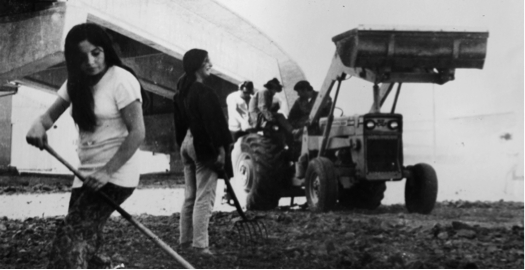
Residents of the neighborhood can trace its origins back more than a hundred years to land that belonged to their Mexican ancestors. In April 1970, when earthworks began to flatten the ground, a group of protesters, including members of the neighborhood and students from the University of San Diego, arrived and formed a human chain around the bulldozers to stop the construction.
For twelve days, hundreds of people gathered next door, and even activists from Santa Barbara and Los Angeles joined in to support the movement. Instead of waiting for permission, protesters began building a garden of their own, planting flowers, cacti, and trees. In addition, the Aztlan flag was raised on an old telephone pole as a symbol of a land that once belonged to the descendants of Mexico.
The Chicano Park Steering Committee, founded by Josephine Talamantez, Victor Ochoa, Jose Gomez, and others, called for an end to the occupation of the land once negotiations were concluded. Salvador Torres, a young artist, intervened at a meeting on April 24 to share his vision of adorning the support pillars with the artwork. He was later named "The Architect of the Dream."
Finally, on May 1, Chicano Park was born when leaders agreed to build it in Barrio Logan. But it wasn't until four years later that Latino artists began covering the walls with a series of pre-Columbian, modern colonial, and contemporary images.
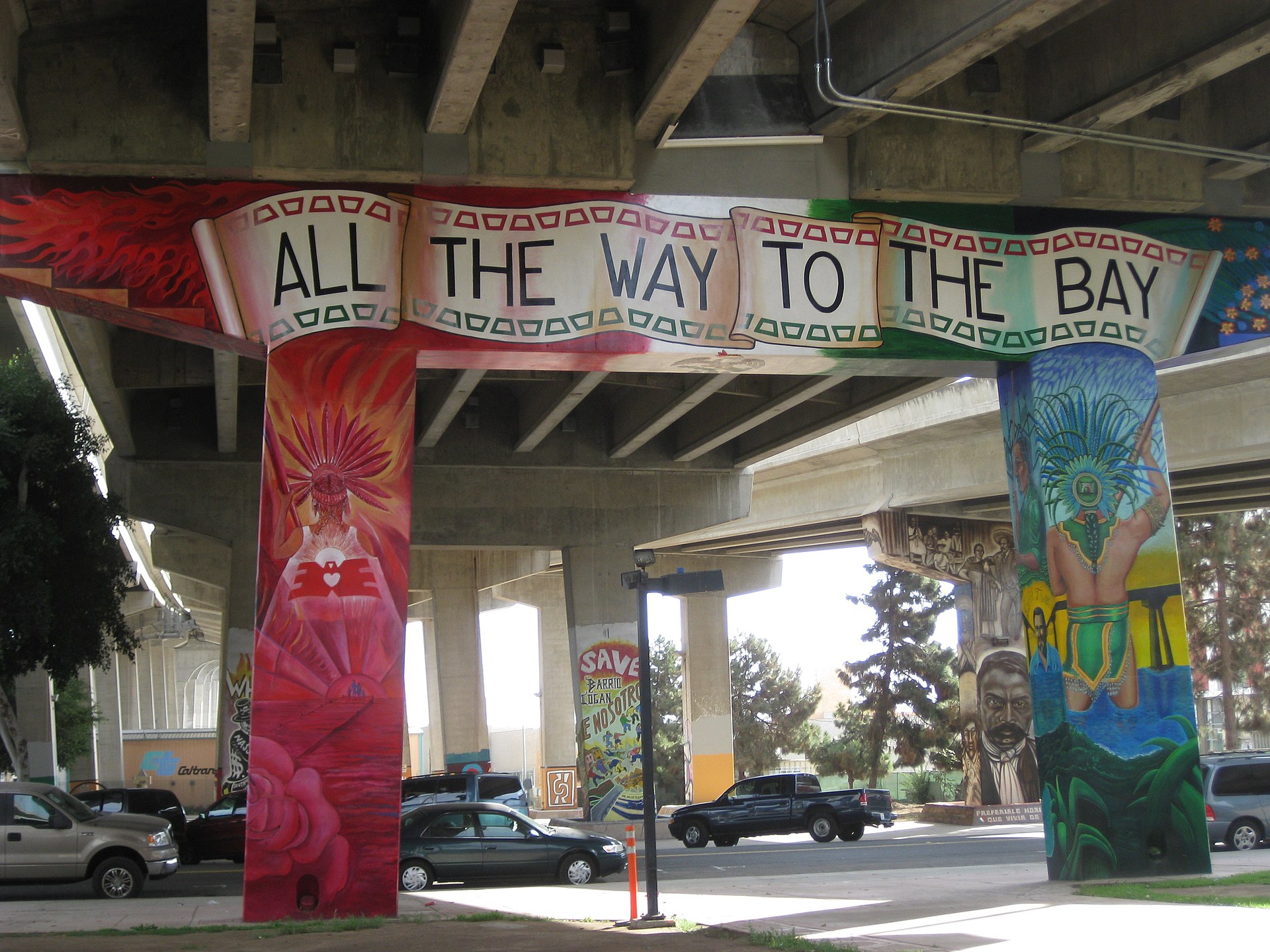
Chicano Park Becomes a National Historic Landmark
Over the years, the Park has changed and expanded; Chicano Park has even reached the San Diego waterfront. In 2013 Chicano Park was added to the National Register of Historic Places due to its association with the Chicano movement, and three years later, in 2016, as a National Historic Landmark.
In January 2017, the park was designated a National Historic Landmark, thanks to the efforts of Congressman Juan Vargas and Josephine Talamantez, and Manny Galaviz of the Chicano Park Steering Committee. This status recognizes the park's artistic, cultural, and socio-political significance and preserves the space for future generations.
The Chicano Park Steering Committee maintains a map of the murals on its website and details about the artwork and Chicano Park Day. The free, family-friendly annual celebration features beautiful costumes and cultural pride from artists such as Danza Azteca Calpulli Mexica, along with live bands, a lowrider car show, children's art workshops, and food and craft vendors.
Fun facts
- A "Mural Marathon" was held in 1978 and took place over 22 days, during which 10,000 square feet of murals were painted.
- The University of San Diego produced a guide to the dozens of murals in the park.
- Los Alacranes did a song telling the story of Chicano Park.
- In 1980, the park was designated an official historic site by the San Diego Historical Board.
Location: San Diego, California
Address: San Diego, CA 92113
Google 360-View: Visit Chicano Park here.
https://draft.nuestrostories.com//wp-content/uploads/2022/04/saac-Vallenilla-Nuestro-Stories-Writer-Image.png
Isaac Vallenilla is a cinema enthusiast with a Major in Modern languages from La Universidad de Los Andes, Venezuela. He has been working as a proofreader, translator, and educator for 6 years. He currently lives in Buenos Aires, Argentina.


